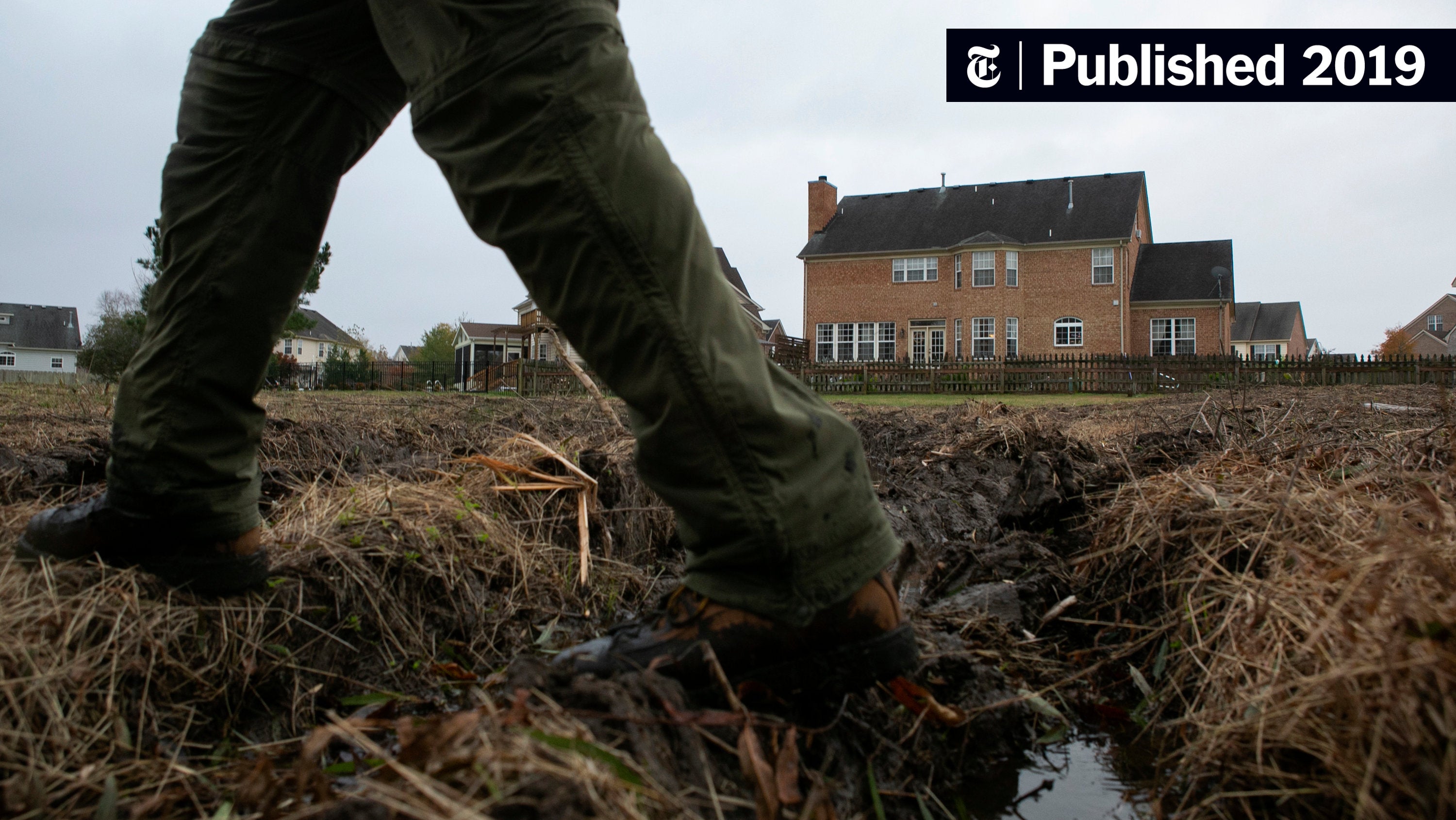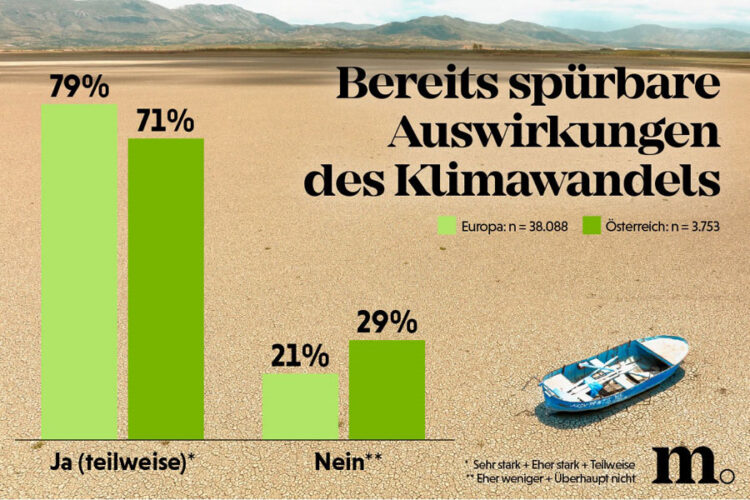Global Cities Confront The Dangers Of Climate Whiplash

Table of Contents
Infrastructure Vulnerability to Climate Whiplash
Extreme Weather Events and Urban Infrastructure
Climate whiplash manifests as a surge in the frequency and intensity of extreme weather events, placing immense strain on vital urban infrastructure. Floods overwhelm drainage systems, heatwaves cripple power grids, droughts deplete water reservoirs, and storms damage transportation networks. The cumulative effect is widespread disruption and significant financial losses.
- Examples: In 2022, Hurricane Ian caused billions of dollars in damage to infrastructure in Florida, disrupting transportation and power for weeks. Similarly, extreme heat in Europe caused widespread power outages and transportation delays in the summer of 2023. Mumbai's aging drainage system is routinely overwhelmed by monsoon rains, leading to widespread flooding and damage.
- Statistics: The cost of repairing and replacing damaged infrastructure after extreme weather events is staggering, placing a heavy burden on municipal budgets and taxpayers. For instance, the cost of rebuilding after Hurricane Katrina is still being felt today.
- Resilient Design: The need for resilient infrastructure design, capable of withstanding the impacts of climate whiplash, is paramount. This includes employing advanced materials, developing early warning systems, and integrating nature-based solutions into urban planning.
Adapting Urban Planning for Climate Resilience
Creating climate-resilient cities requires a fundamental shift in urban planning strategies. This involves incorporating green spaces to mitigate the urban heat island effect, utilizing sustainable building materials to reduce carbon footprints, and developing smart city technologies for efficient resource management.
- Examples: Cities like Rotterdam are implementing innovative water management systems to cope with rising sea levels. Singapore's extensive green spaces help to mitigate the effects of extreme heat. Many cities are investing in smart grids to improve energy efficiency and resilience.
- Smart City Technologies: Sensors, data analytics, and predictive modeling are crucial tools in adapting to climate whiplash. These technologies can help cities anticipate extreme weather events, manage resources efficiently, and improve infrastructure resilience.
- Sustainable Building Materials: Utilizing materials with a lower carbon footprint and improved durability can significantly reduce the impact of extreme weather events on buildings and infrastructure.
Public Health Impacts of Climate Whiplash
Heat-Related Illnesses and Mortality
Extreme heatwaves, a hallmark of climate whiplash, pose a significant threat to public health, particularly affecting vulnerable populations such as the elderly and children. Prolonged exposure to high temperatures can lead to heatstroke, dehydration, and other serious health complications, resulting in increased mortality rates.
- Statistics: Heat-related deaths and hospitalizations are rising globally, with major cities experiencing disproportionately high numbers during heatwaves.
- Heatwave Preparedness: Implementing early warning systems, public cooling centers, and public health campaigns to educate the public about heat-related risks are crucial mitigation strategies.
Spread of Infectious Diseases
Climate whiplash's influence extends to the spread of infectious diseases. Changes in temperature and rainfall patterns can alter the habitats of disease vectors like mosquitoes and ticks, expanding their range and increasing the incidence of vector-borne diseases such as malaria, dengue fever, and Lyme disease.
- Examples: The geographic range of the Aedes mosquito, which carries dengue fever and Zika virus, is expanding due to climate change.
- Public Health Surveillance: Robust public health surveillance systems are crucial for early detection and effective response to outbreaks of infectious diseases linked to climate change. Improved sanitation and disease prevention strategies are equally vital.
Economic Consequences of Climate Whiplash
Disruption to Economic Activity
Extreme weather events associated with climate whiplash disrupt economic activity in various ways. Businesses are forced to close, supply chains are disrupted, and tourism declines as cities struggle to recover from extreme weather events.
- Examples: Flooding can shut down businesses for extended periods, costing millions in lost revenue. Heatwaves can reduce worker productivity and damage agricultural output.
- Insurance Costs: The increasing frequency and severity of extreme weather events are driving up insurance premiums, placing a significant burden on businesses and individuals.
Investment in Climate Adaptation and Mitigation
Significant investment in climate adaptation and mitigation measures is crucial to reduce the long-term economic consequences of climate whiplash. This involves not only repairing and strengthening existing infrastructure but also developing more resilient and sustainable urban systems.
- Green Jobs: Investing in green infrastructure and renewable energy sources creates new economic opportunities and fosters a more sustainable economy.
- Economic Diversification: Reducing dependence on climate-sensitive industries and diversifying the economy can enhance resilience to climate-related shocks.
Conclusion
The severe impacts of climate whiplash on global cities are undeniable. The vulnerability of urban infrastructure and populations, coupled with the significant economic consequences, necessitates urgent action. From heat-related illnesses and the spread of infectious diseases to widespread infrastructure damage and economic disruption, the challenges are multifaceted and demand comprehensive solutions. By understanding these challenges and supporting initiatives for climate resilience, including investing in resilient infrastructure, implementing sustainable urban planning strategies, and strengthening public health systems, we can help our global cities build a more sustainable and secure future. Learn more about climate whiplash in your city and get involved in building a more resilient tomorrow.

Featured Posts
-
 1 Million National Lottery Prize Winner Has Six Weeks To Claim
May 28, 2025
1 Million National Lottery Prize Winner Has Six Weeks To Claim
May 28, 2025 -
 Analyzing The Marlins 2025 Opening Day Roster Contests
May 28, 2025
Analyzing The Marlins 2025 Opening Day Roster Contests
May 28, 2025 -
 Best Personal Loans For Bad Credit Guaranteed Approval
May 28, 2025
Best Personal Loans For Bad Credit Guaranteed Approval
May 28, 2025 -
 Via Rail Faces Potential Strike Union Members Authorize Job Action
May 28, 2025
Via Rail Faces Potential Strike Union Members Authorize Job Action
May 28, 2025 -
 Urgent Appeal Winning Euro Millions Lottery Ticket Sold In Ireland
May 28, 2025
Urgent Appeal Winning Euro Millions Lottery Ticket Sold In Ireland
May 28, 2025
Latest Posts
-
 Bodensee Zukunft Droht Der Verlust In 20 000 Jahren Der Klimawandel Und Seine Folgen
May 31, 2025
Bodensee Zukunft Droht Der Verlust In 20 000 Jahren Der Klimawandel Und Seine Folgen
May 31, 2025 -
 Constance Lloyd Wilde A Wifes Sacrifice In The Age Of Oscar
May 31, 2025
Constance Lloyd Wilde A Wifes Sacrifice In The Age Of Oscar
May 31, 2025 -
 Bodensee Katastrophenuebung Einsatzkraefte Trainieren In Hard Fuer Den Ernstfall
May 31, 2025
Bodensee Katastrophenuebung Einsatzkraefte Trainieren In Hard Fuer Den Ernstfall
May 31, 2025 -
 Der Bodensee In Gefahr Verschwindet Er In 20 000 Jahren Klimaschutz Jetzt
May 31, 2025
Der Bodensee In Gefahr Verschwindet Er In 20 000 Jahren Klimaschutz Jetzt
May 31, 2025 -
 Constance Wilde The Untold Cost Of Oscar Wildes Celebrity
May 31, 2025
Constance Wilde The Untold Cost Of Oscar Wildes Celebrity
May 31, 2025
